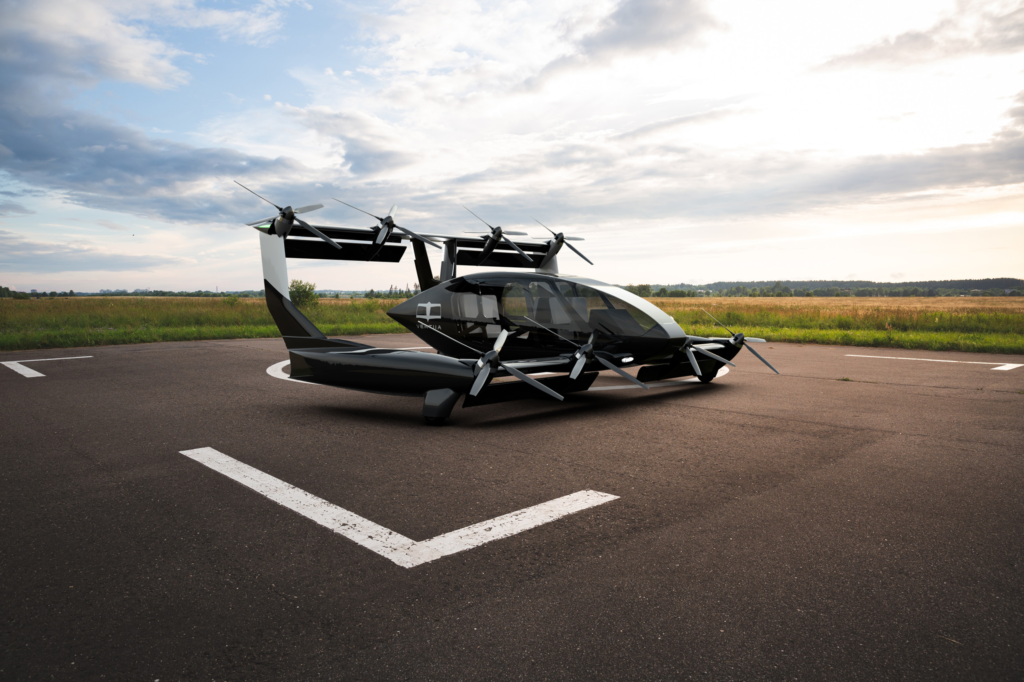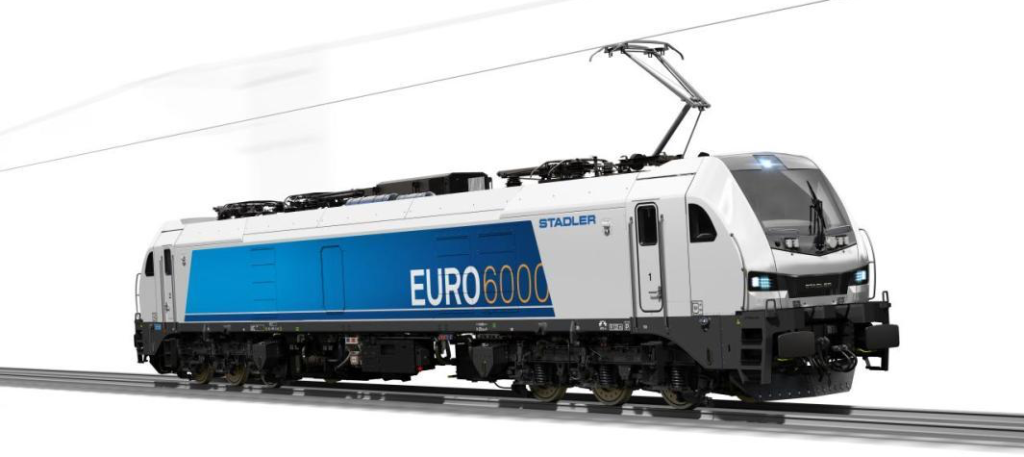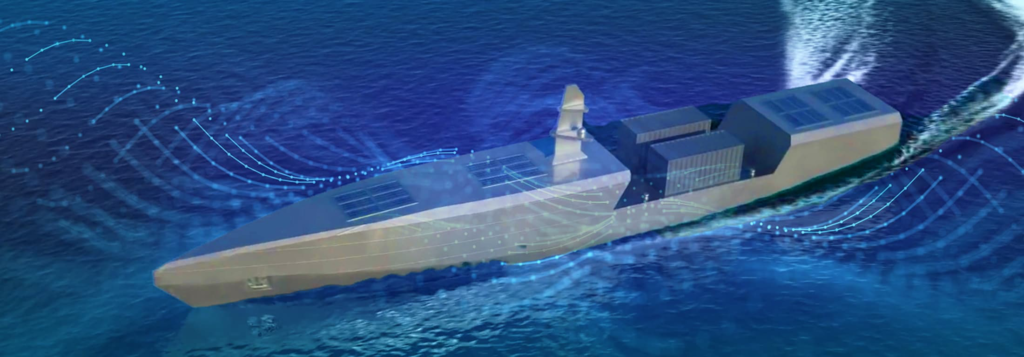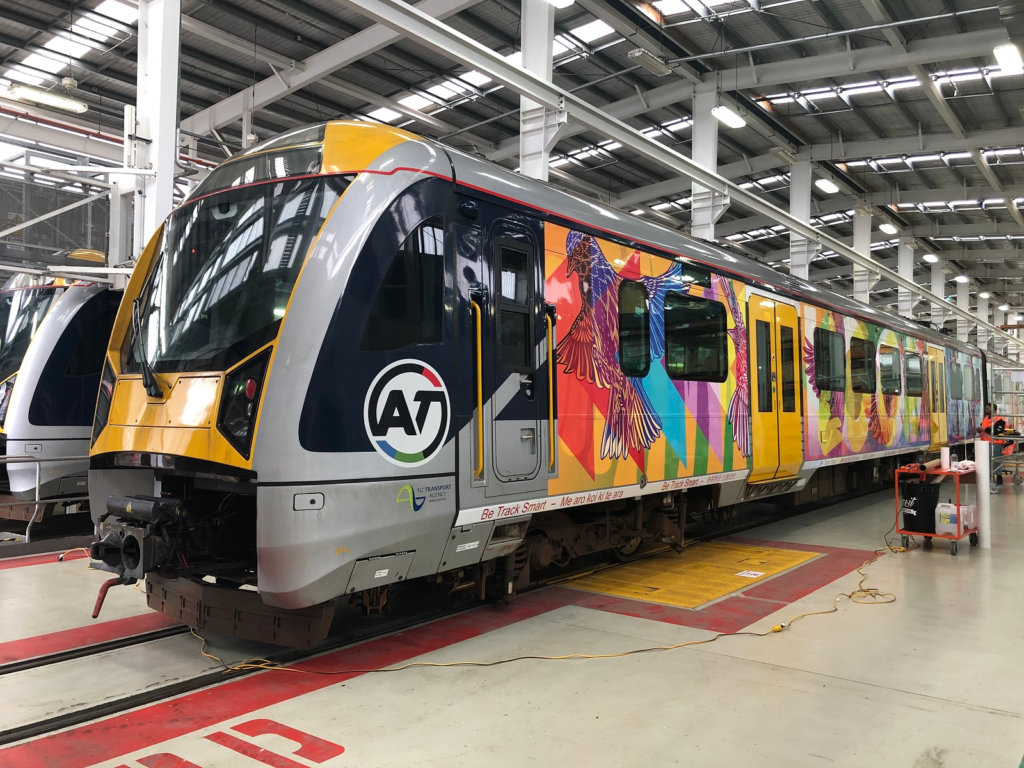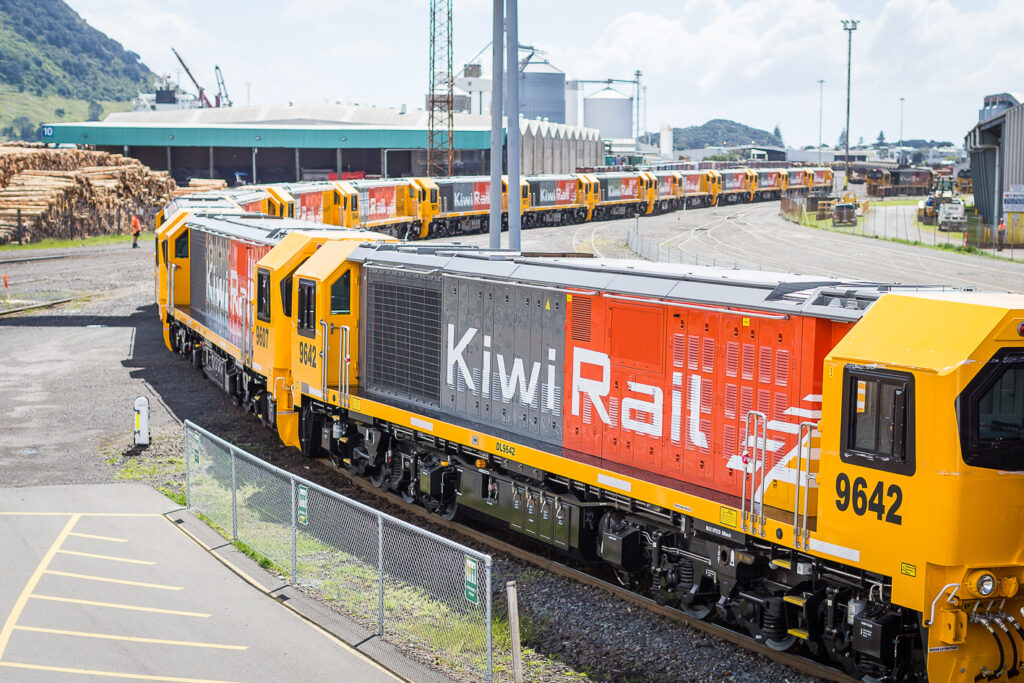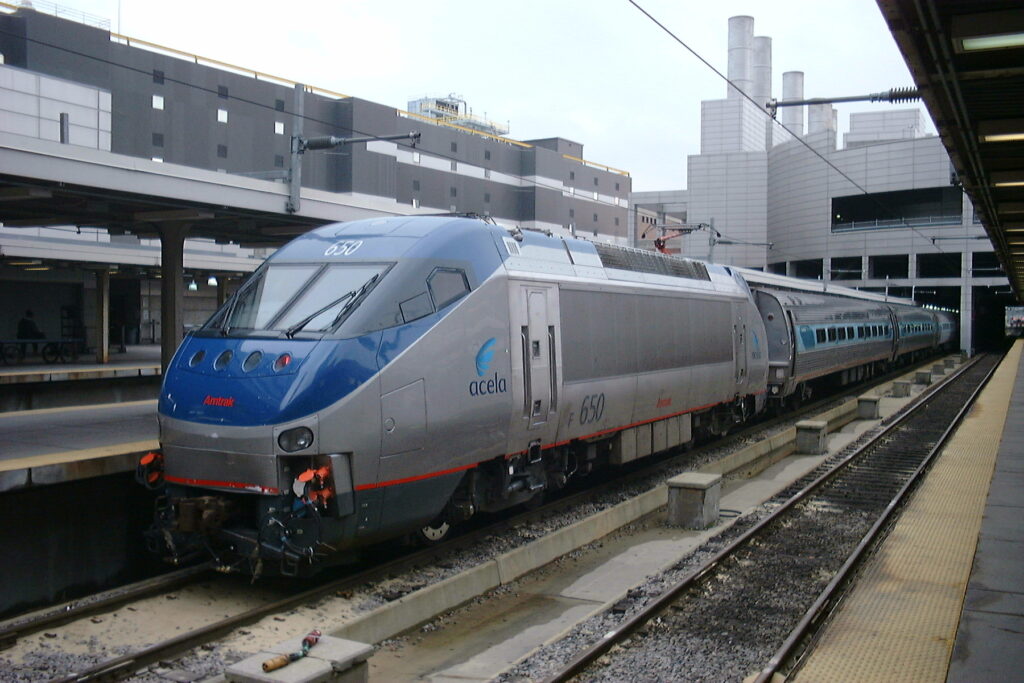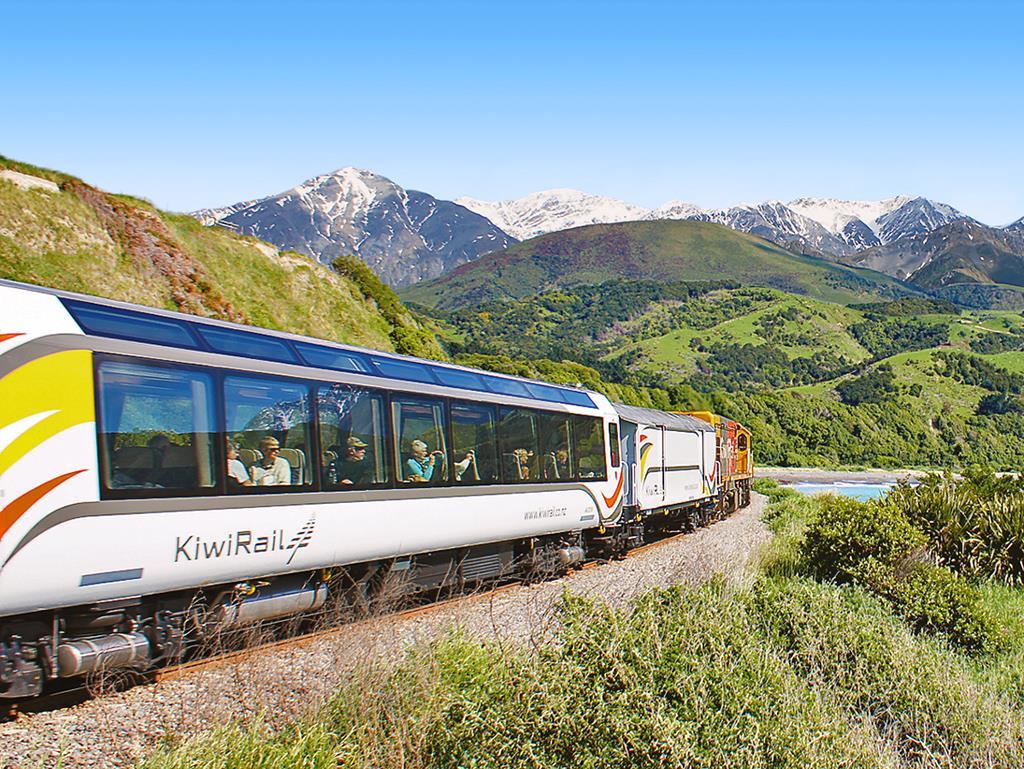AMSL Aero welcomes government support for vertiia aircraft to fight bushfires
Sydney, Australia, February 19, 2024 – Australian zero emission aircraft designer and manufacturer AMSL Aero today welcomes the Australian Government’s move to back the development of its zero-emission aircraft Vertiia to fight bushfires autonomously in…
